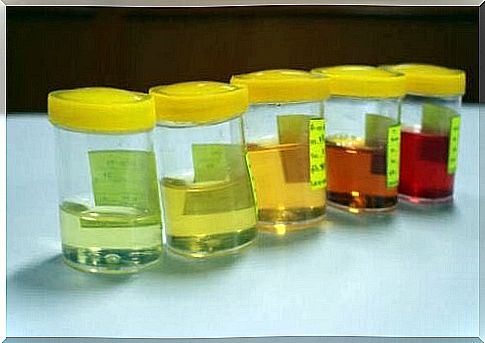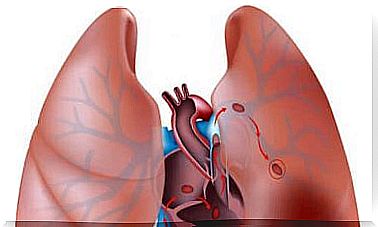Urine Alteration: Aspects To Consider

Urine changes: different aspects

Urine output can be altered by a number of factors or diseases. For example, it can usually be obstructed by stones, but it can also be obstructed by different tumors. These changes do not allow the bladder to empty completely.
However, complications in urine output can also occur due to kidney disease, especially when the patient suffers from kidney failure.
Also obstructive problems that interrupt the correct output of urine are infections in the urinary system or problems with bladder control, such as overactive bladder or incontinence and prostate hypertrophy in men.
Changes in urine due to changes in composition
As we saw earlier, urine is mostly water, but it also contains another series of elements. These components can be increased or decreased and will indicate that something in the body is not working properly.
Therefore, urine tests can be measured to help establish a good diagnosis of some diseases. Among the main changes in urine components we can indicate:
- Proteinuria: Urine has high protein levels. It can be a sign of the presence of diseases such as diabetes, certain intoxications, glomerulonephritis or urine infections.
- Glucosuria: is the presence of glucose in the urine. It is usually indicative of patients with poorly controlled diabetes and some kidney diseases.
- Pyuria: is the presence of pus in the urine.
- Hematuria: can occur in urinary infections, stones or urinary tract cancers. It consists of the presence of blood in the urine.
- Bacteriuria: may be a sign of infection in the device or in the urinary tract. It is the presence of bacteria in the urine.

Change in urine due to variations in quantity
The amount of urine expelled can also vary. If nothing is produced, it is called anuria. On the contrary, if you feel like urinating or the amount of urine is increased, this situation will be called polyuria.
Another change that may appear is oliguria. In this case, it is noted that the amount of urine is remarkably reduced every 24 hours. It is also worth mentioning urine retention, which is the impossibility of eliminating urine accumulated in the bladder.
Finally, urinary incontinence is the lack of control over its emission. In this case, it is difficult to control the amount that is expelled.
Urine changes due to color changes

The normal color of urine is yellow or light yellow. The most common changes in urine in relation to its color are, for example:
- Dark yellow is often a sign of dehydration.
- Orange may be due to excessive intake of foods rich in beta-carotene; as well as certain medications.
- Red or pink is usually due to the presence of blood in the urine and, as explained above, it appears in the situation of hematuria.
- Purple usually appears in patients with a urinary catheter due to the transformation of some pigments by bacteria found in the tube.
- Whitish, also known as albuminuria. It can be caused by the presence of a severe urinary infection or by a lymphatic fistula, especially in cases of neoplasia or abdominal trauma.
If the color has changed for more than 3 days, we recommend seeing a doctor. It will perform an analysis to diagnose the problem causing the change. In addition, it is advisable to undergo a check-up if you have symptoms of altered urine.









